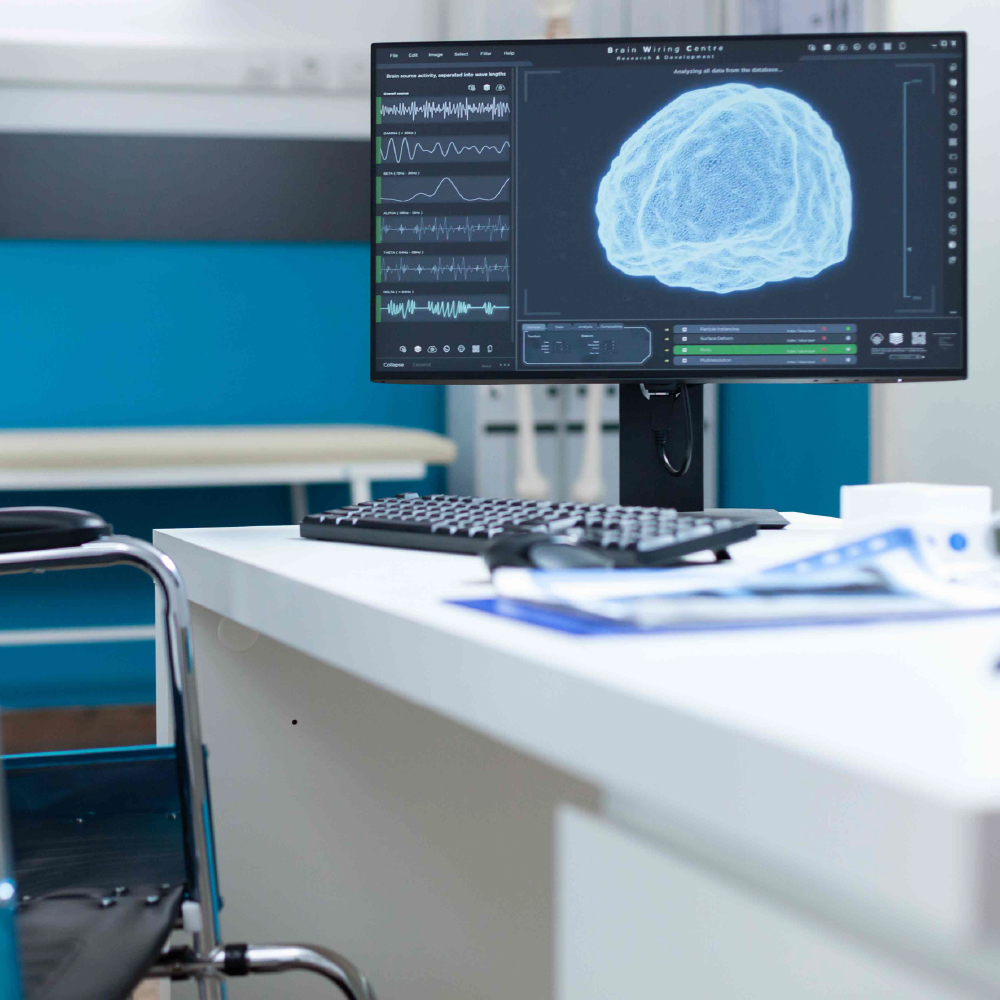
In the rapidly evolving healthcare landscape, radiology departments increasingly use artificial intelligence (AI) technologies to optimize radiology workflows, enhance efficiency, and improve patient outcomes. From automating routine tasks to assisting with image interpretation, AI holds immense promise for revolutionizing the practice of radiology. In this article, we explore the key considerations and benefits of integrating AI into radiology workflows, providing insights into what radiologists and healthcare professionals need to know as they navigate this transformative journey.
Understanding the Role of Artificial Intelligence in Radiology
Artificial intelligence, particularly in machine learning and deep learning algorithms, has emerged as a powerful tool for analyzing medical imaging data with unprecedented speed and accuracy. By training algorithms on large datasets of annotated medical images, AI can learn to recognize patterns, detect abnormalities, and assist radiologists in interpreting complex imaging studies.
One of the most compelling applications of AI in radiology is computer-aided detection (CAD), where algorithms are used to identify suspicious findings in medical images, such as tumors, fractures, or other abnormalities. CAD systems can analyze images from various modalities, including X-ray, MRI, CT, and ultrasound, providing radiologists with valuable insights and assisting them in making more accurate and timely diagnoses.
Improving Efficiency Through Automation
One of the primary benefits of integrating AI into radiology workflows is the ability to automate routine tasks and streamline processes, thereby improving efficiency and productivity. AI-powered systems can perform various functions, including image analysis, segmentation, and annotation, reducing the time and effort required for radiologists to interpret studies and generate reports.
For example, AI algorithms can automatically detect and localize anatomical structures or abnormalities in medical images, such as identifying the boundaries of organs or highlighting areas of concern within a scan. This automation saves radiologists time and helps ensure consistency and accuracy in image interpretation, reducing the risk of human error and improving diagnostic confidence.
Enhancing Diagnostic Accuracy and Clinical Decision-Making
In addition to improving efficiency, AI has the potential to enhance diagnostic accuracy and aid in clinical decision-making by providing radiologists with valuable insights and additional information to inform their interpretation of imaging studies. AI algorithms can analyze images at a scale and level of detail that would be impractical or impossible for human radiologists to achieve, enabling the detection of subtle signs of disease or abnormalities that the human eye may overlook.
Furthermore, AI can assist radiologists in triaging cases based on urgency or complexity, prioritizing studies that require immediate attention or further evaluation. By flagging studies with findings suggestive of pathology or abnormalities, AI can help ensure that critical cases are promptly addressed, reducing turnaround times and facilitating timely patient care.
Addressing Challenges and Considerations
Despite its potential benefits, integrating AI into radiology workflows has challenges and considerations. Chief among these is the need for robust validation and regulatory approval of AI algorithms to ensure their safety, efficacy, and clinical utility. Radiologists and healthcare professionals must carefully evaluate AI technologies to ensure that they meet the highest performance and reliability standards before implementing them into clinical practice.
Moreover, concerns regarding data privacy, security, and interoperability must be addressed to facilitate the seamless integration of AI into existing radiology workflows. Radiology departments must establish protocols and safeguards to protect patient data and ensure compliance with regulatory requirements, such as the Health Insurance Portability and Accountability Act (HIPAA) in the United States.
The Future of Radiology: Embracing Innovation
As we look to the future of radiology, it is clear that artificial intelligence will play an increasingly prominent role in optimizing workflows, enhancing efficiency, and improving patient care. By harnessing the power of AI to automate routine tasks, assist with image interpretation, and provide valuable insights, radiologists can unlock new opportunities for innovation and collaboration, ultimately advancing the practice of radiology and transforming healthcare delivery.
As radiology departments continue to explore the integration of AI technologies into their workflows, it is essential to approach this transformative journey with careful consideration and collaboration. By harnessing AI’s power and embracing innovation, radiologists and healthcare professionals can optimize workflows, improve efficiency, and ultimately enhance patient outcomes in the ever-evolving radiology landscape.